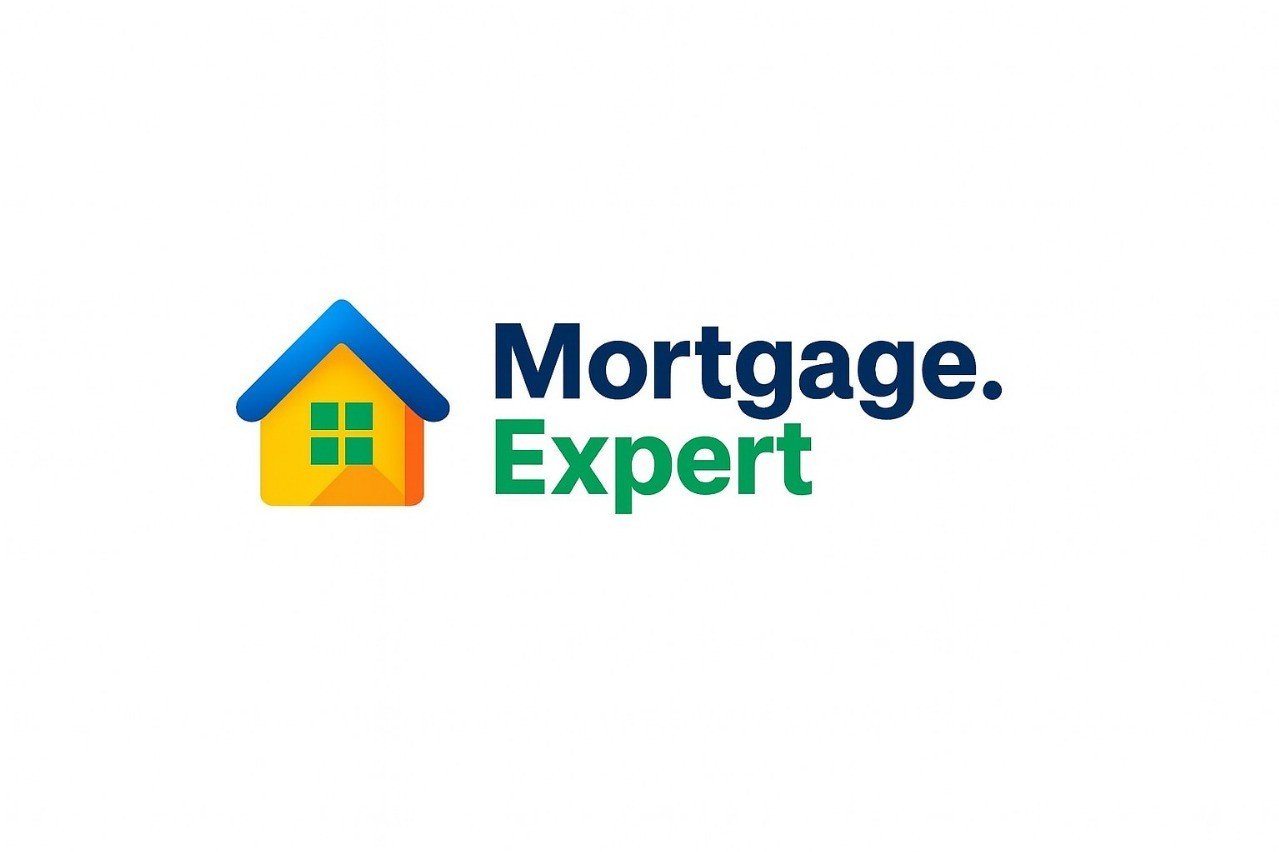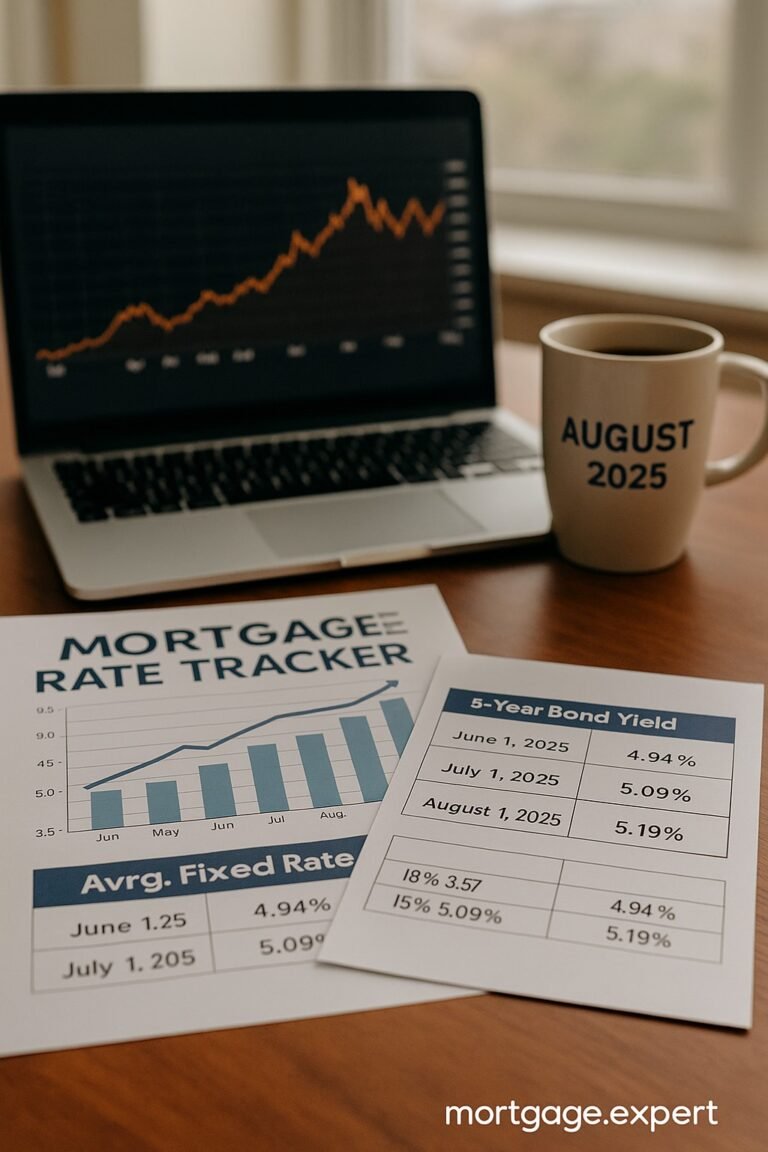
How Much House Can I Afford in Canada?
Buying a home is one of the biggest financial decisions you’ll make—and it’s easy to get overwhelmed by all the numbers. If you’re wondering how much house you can afford in Canada, the answer depends on more than just your income. Lenders use specific guidelines, and you’ll also need to factor in your own comfort level with monthly payments, unexpected expenses, and long-term plans.
Let’s walk through the key components that determine your home affordability in Canada.
Debt Service Ratios: GDS and TDS
Gross Debt Service (GDS) Ratio looks at how much of your gross annual income goes toward housing costs—mortgage principal and interest, property taxes, heating, and condo fees (if any). Generally, your GDS should not exceed 39%.
Total Debt Service (TDS) Ratio adds all your monthly debt obligations—credit card payments, car loans, lines of credit—on top of housing costs. Your TDS should typically stay below 44%.
These ratios help lenders gauge how much of your income is already committed, and how much room you have to take on a mortgage. Try using a Mortgage Affordability Calculator to get an instant estimate based on your income and debts.
Credit Score: Why It Matters
Your credit score directly impacts the interest rate you’re offered. A higher score can unlock better rates and reduce your monthly payments. Here’s why it matters:
- A score above 680 is ideal for the best rates.
- Scores under 600 may limit your lender options and increase the interest rate.
- Missed payments, maxed-out credit cards, and too many recent applications can drag your score down.
Check your credit reports annually for free through Equifax Canada or TransUnion Canada, and make sure everything looks accurate. If you find an error—like an unpaid cell phone bill that’s not yours—dispute it right away to protect your score.
Mortgage Down Payment Rules in Canada
The size of your down payment affects how much house you can afford and what type of mortgage you’ll qualify for:
- 5% down payment for homes under $500,000
- 10% on the portion above $500,000 for homes between $500,000–$999,999
- 20% minimum for homes priced $1 million or more
The more you put down, the less you’ll pay in interest and mortgage insurance. Bigger down payments also reduce your monthly costs and can help you qualify for better terms.
CMHC Mortgage Default Insurance
If your down payment is under 20%, you’re required to buy mortgage default insurance. It protects the lender—not you—if you default. The cost ranges from 2.8% to 4% of the loan amount and gets added to your mortgage balance.
This insurance is provided by CMHC, Sagen, or Canada Guaranty. The higher your loan-to-value ratio (how much you’re borrowing compared to the home price), the more you’ll pay.
Example: For a $450,000 home with 5% down, your insurance premium could be over $15,000 added to your mortgage.
Don’t Forget Closing Costs
A lot of first-time buyers forget that closing costs can’t usually be rolled into the mortgage. These include:
- Legal fees
- Title insurance
- Appraisal fees
- Land transfer tax (a major cost in Ontario and BC)
- Home inspection
Set aside 3–5% of your home’s purchase price to cover these expenses. If you’re buying a $600,000 home, you might need $18,000–$30,000 just for closing costs.
How Mortgage Payments Are Calculated
Your monthly mortgage payment is made up of principal (the loan amount) and interest (what the lender charges to loan you the money). These payments are influenced by:
- Loan Amount – the price of your home minus the down payment, plus any CMHC insurance if applicable
- Amortization Period – most commonly 25 years
- Interest Rate – fixed or variable
- Payment Frequency – monthly, biweekly, or weekly
The longer the amortization, the lower your monthly payment—but the more interest you’ll pay over time. Making payments more frequently or rounding up the payment amount can help reduce your total interest cost.
Final Thoughts: Make Room for Flexibility
Just because a lender says you can afford a certain amount doesn’t mean you should max out your budget. Aim to leave room for:
- Emergency expenses
- Future life changes (kids, job changes, etc.)
- Home maintenance and upgrades
Always compare different mortgage options, and speak to a mortgage advisor to tailor your strategy to your income, lifestyle, and goals. Affording a home isn’t just about qualifying—it’s about making sure it fits your long-term financial picture.
🏡 Can You Afford That House?
Your income, down payment, debt load, and interest rate all affect how much home you can buy. Use our affordability tool to crunch your real budget — instantly.
- ✔️ Income vs. Debt Service Ratios (GDS/TDS)
- ✔️ Minimum Down Payment Rules
- ✔️ CMHC Insurance Impact
- ✔️ Stress Test Rate Comparison
Wondering How Much House You Can Actually Afford?
Don’t guess — calculate. We’ll help you figure out what you can afford based on your income, debt, down payment, and Canada’s mortgage rules. Get real numbers before you house hunt.
Find Out What You Can Afford
Stuck with a Mortgage Decision?
Don’t stress — our team is here to help. Reach out for free, no-obligation guidance.
Contact the Experts



